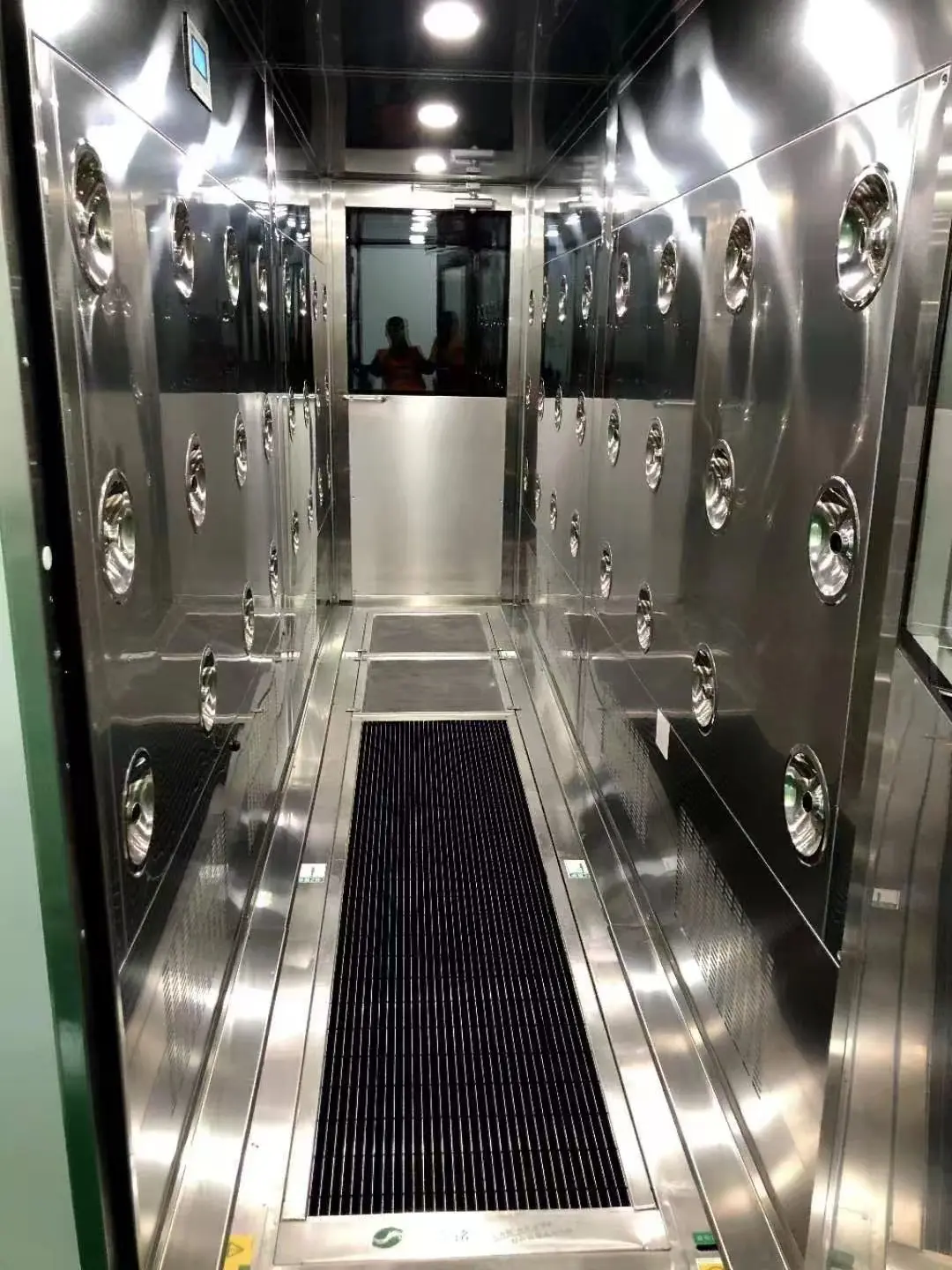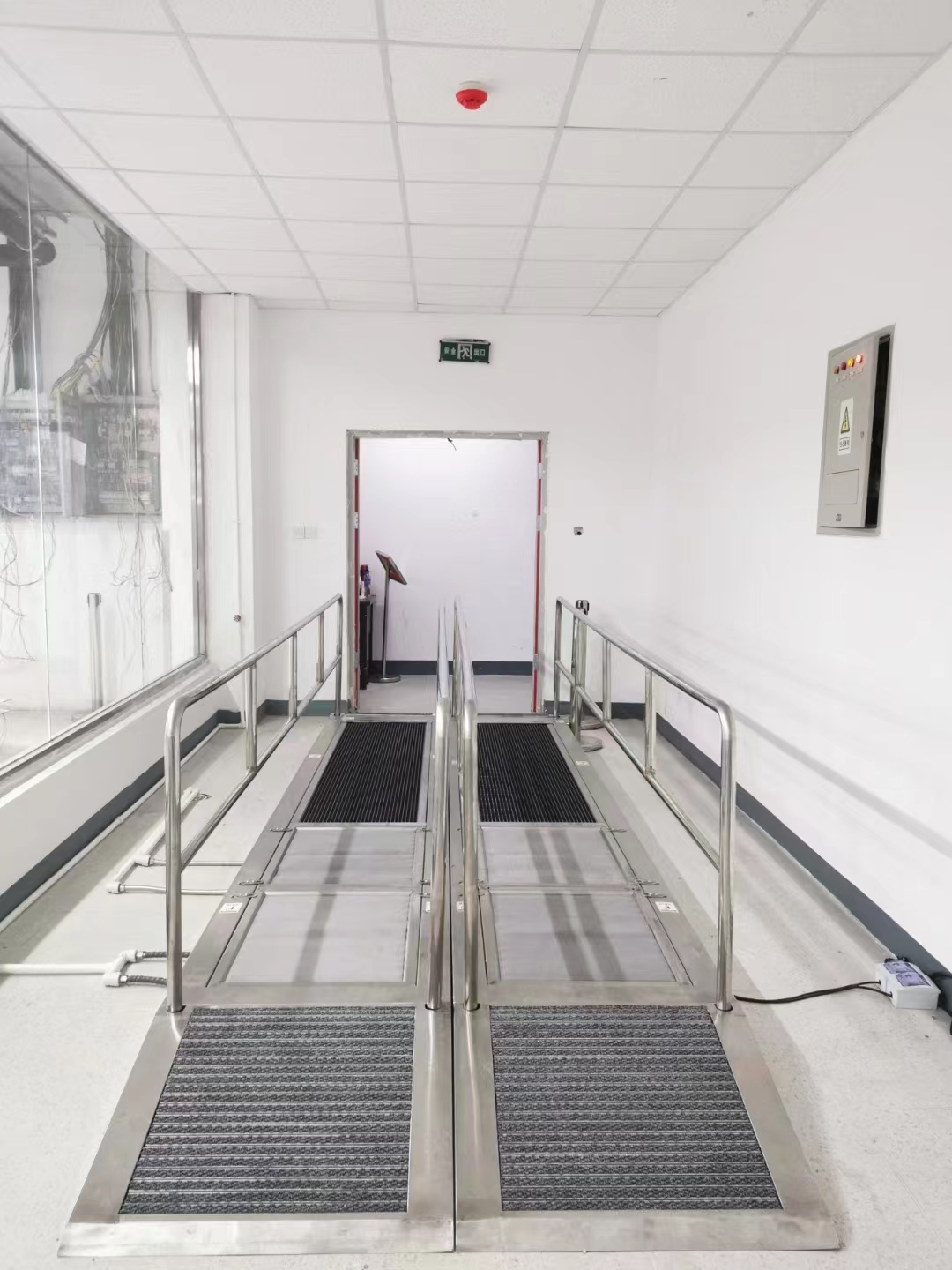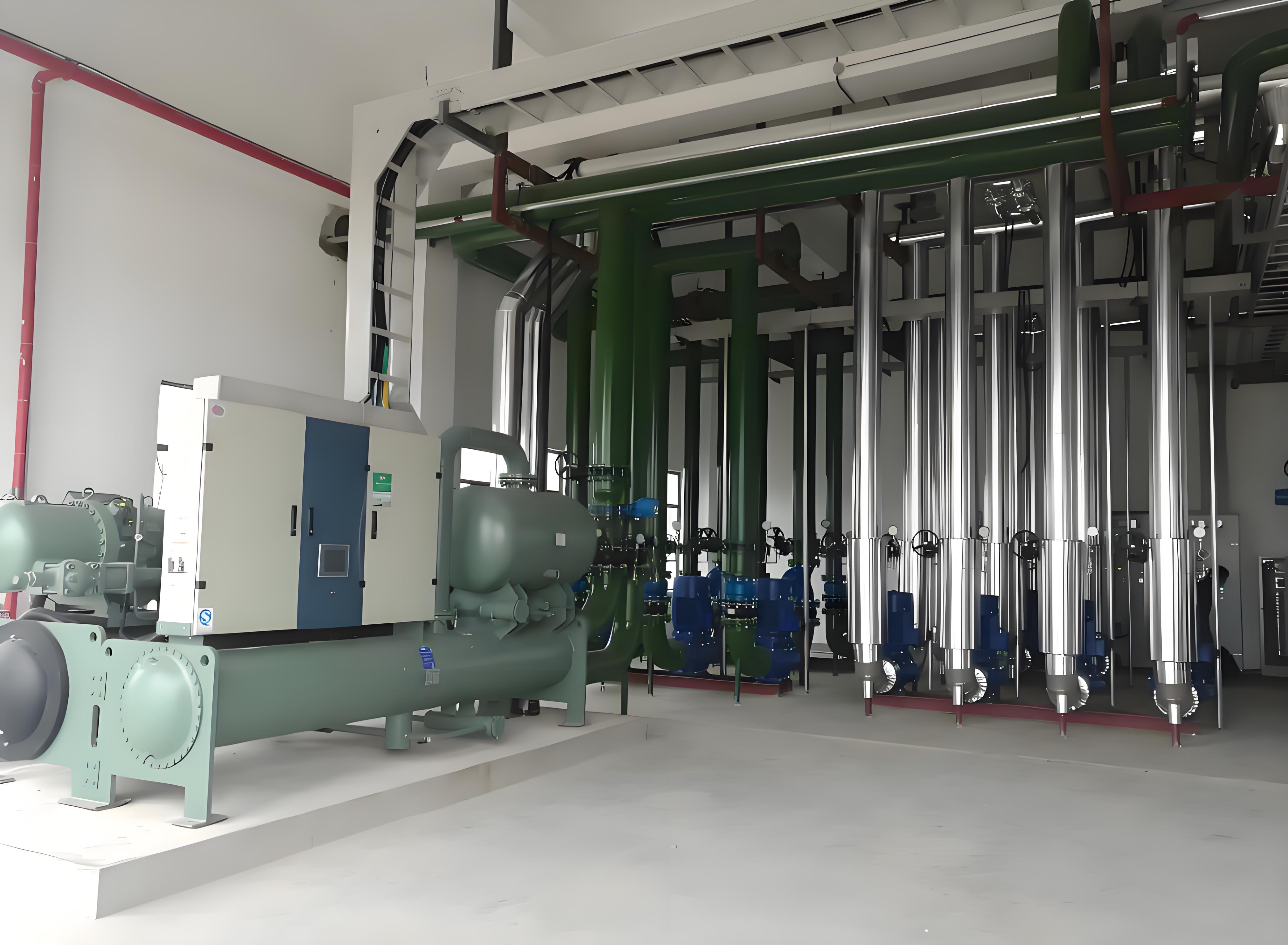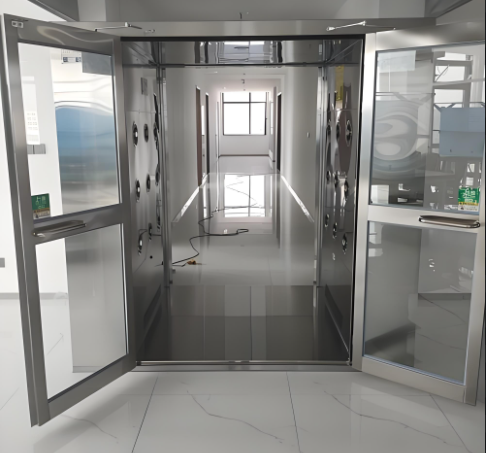




In today's rapidly evolving scientific landscape, the synergy between laboratory design and equipment is more critical than ever. A well-executed lab is not merely a room with benches and instruments; it is a complex, integrated ecosystem that directly impacts research quality, operational efficiency, and safety. This article delves into the core principles of Laboratory Engineering Design and Equipment Integration, explores the benefits of Integrated Lab Planning and Equipment strategies, and explains why a Turnkey Laboratory Design and Installation approach is often the most effective path to success. We will also examine common pitfalls that can derail even the most well-intentioned projects.

Laboratory Engineering Design and Equipment Integration is a holistic discipline that merges architectural design with mechanical, electrical, and plumbing (MEP) engineering, all while meticulously planning for the specific scientific equipment that will reside within the space. It moves beyond simply placing a fume hood in a corner; it involves understanding the hood's exhaust requirements, its impact on the HVAC system, its utility connections, and the workflow of the scientist using it.
This integrated approach ensures that the facility and its tools operate in harmony. Key aspects include:
Spatial Planning and Workflow: Designing the lab layout to optimize the flow of personnel, materials, and waste, minimizing cross-contamination and maximizing efficiency. This includes defining zones for specific activities (e.g., clean, dirty, wet, dry, analytical).
MEP Systems Integration: Engineering the infrastructure to support the equipment. This includes calculating electrical loads for sensitive instruments, providing dedicated circuits, planning for purified water lines, gas lines (argon, nitrogen, etc.), and ensuring the HVAC system can handle the heat load and ventilation requirements of all devices.
Safety and Compliance: Designing from the outset to meet stringent safety standards (OSHA, NFPA, etc.) by integrating features like emergency showers, eyewash stations, proper chemical storage, and biosafety containment directly into the layout.
The goal is to create a facility where the equipment is not an afterthought but the central focus of the design, resulting in a seamless and highly functional environment.
The traditional approach to building a lab often involves a linear process: an architect designs the shell, an engineer adds MEP, and then, much later, the lab manager is asked where the equipment should go. This disjointed method is a recipe for costly change orders, delays, and compromised functionality.
Integrated Lab Planning and Equipment flips this model on its head. It is a collaborative, front-loaded process where scientists, facility managers, architects, and engineers work together from day one. The equipment list is one of the first documents created, informing every subsequent design decision.
The advantages of this strategy are profound:
Cost Certainty: By identifying all equipment needs early, budgets can be accurately set for both the infrastructure and the instruments themselves, avoiding surprises during construction.
Accelerated Timeline: Concurrent planning eliminates the sequential handoffs that cause delays. Potential conflicts between building systems and equipment are identified and resolved in the design phase, not during installation.
Enhanced Performance: A lab designed around its intended instruments ensures optimal performance. Vibration-sensitive mass spectrometers are placed on stable floors, microscopes are located away from daylight interference, and freezers are positioned with adequate clearance for heat dissipation.
Future-Proofing: Integrated planning considers not just today's needs but also tomorrow's. Designing flexible utility chases, overhead service carriers, and modular casework allows the lab to adapt easily to new technologies and changing research demands.
For many organizations, managing the numerous vendors and complex phases of a lab project is a daunting task. This is where the Turnkey Laboratory Design and Installation model offers a superior solution. A "turnkey" project means a single provider, or a primary contractor, takes responsibility for the entire process from initial concept and design through construction, equipment procurement, installation, calibration, and final commissioning.
Think of it as a one-stop-shop for your entire laboratory project. The client provides the scientific vision and requirements, and the turnkey partner delivers a fully functional, ready-to-use lab, literally needing only to "turn the key" to begin operations.
The components of a comprehensive turnkey service include:
Needs Assessment and Programming: Working with researchers to define precise requirements.
Architectural and Engineering Design: Creating detailed plans and specifications.
Procurement: Sourcing and purchasing all furniture, fume hoods, and scientific equipment, often leveraging industry relationships for better pricing.
Construction Management: Overseeing all contractors to ensure the build-out aligns with the design.
Equipment Installation and Calibration: Professionally placing, connecting, and calibrating all instruments to manufacturer specifications.
Validation and Commissioning: Testing all systems (safety, HVAC, utilities) and equipment to ensure everything operates correctly and safely before handover.
This approach reduces the administrative burden on the client, ensures single-point accountability, and streamlines communication, drastically reducing the risk of errors and cost overruns.

Even with the best methodologies, projects can encounter obstacles. Awareness of these common issues is the first step toward avoiding them.
Inadequate Early Planning: The most frequent mistake is rushing the programming phase. Failing to engage all stakeholders (researchers, EH&S, facilities) or to finalize the equipment list before design begins leads to expensive modifications later.
Underestimating Utility and Infrastructure Needs: High-power instruments, specialized gases, and massive computational servers have demanding utility requirements. Under-sizing electrical panels, emergency power, or cooling capacity can cripple a lab's capabilities.
Ignoring Vibration and EMI/RFI Interference: Sensitive analytical equipment can be rendered useless by vibrations from nearby elevators, HVAC systems, or even foot traffic. Similarly, electromagnetic or radio frequency interference from other devices can disrupt measurements. These factors must be assessed and mitigated during design.
Poor Ventilation and HVAC Design: Laboratories require precise air change rates, temperature, and humidity control. An improperly designed HVAC system can compromise safety (inadequate fume hood containment), damage equipment, and ruin experiments.
Lack of Flexibility: Science changes rapidly. Designing a lab with fixed casework and rigid utility points makes it expensive and disruptive to reconfigure. Flexibility should be a core design principle.
Budget Misalignment: This often stems from a disconnect between the desired capabilities and the available budget. An integrated planning process helps bridge this gap by providing real-time cost feedback during the design phase, allowing for informed trade-off decisions.
Code and Compliance Oversights: Navigating the complex web of building, fire, electrical, and life safety codes is challenging. An experienced lab design team is essential to ensure compliance and avoid failed inspections.
The successful modern laboratory is a testament to the seamless marriage of form and function. Prioritizing Laboratory Engineering Design and Equipment Integration from the very beginning, adopting a philosophy of Integrated Lab Planning and Equipment, and seriously considering the benefits of a Turnkey Laboratory Design and Installation approach are not just best practices—they are necessities for achieving operational excellence. By understanding and avoiding the common pitfalls, organizations can invest in a facility that not only meets today's research demands but also adapts to fuel the discoveries of tomorrow. A well-designed lab is more than a cost center; it is the very foundation upon which scientific innovation is built.

